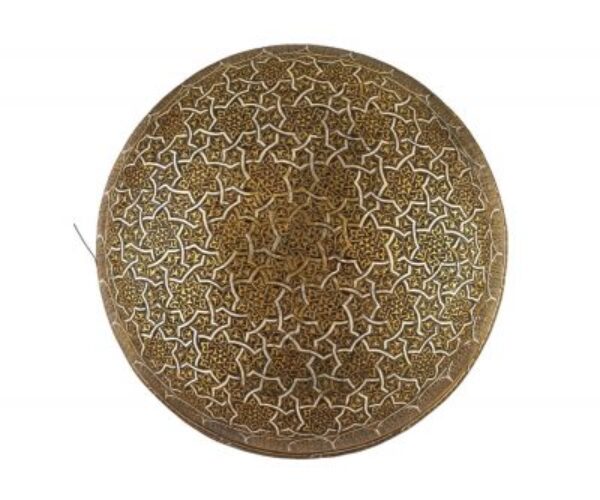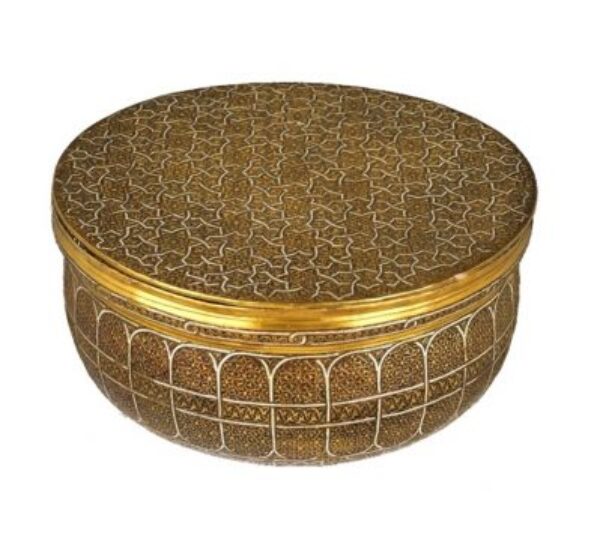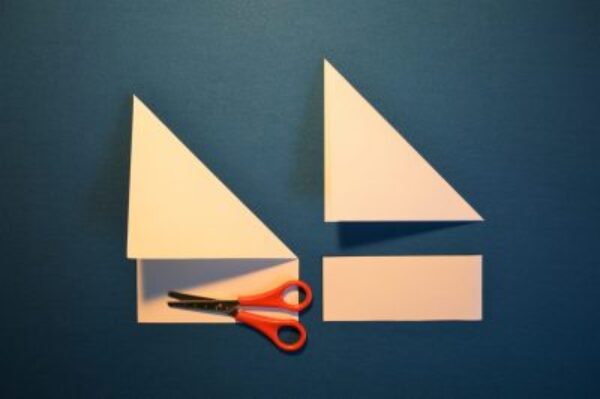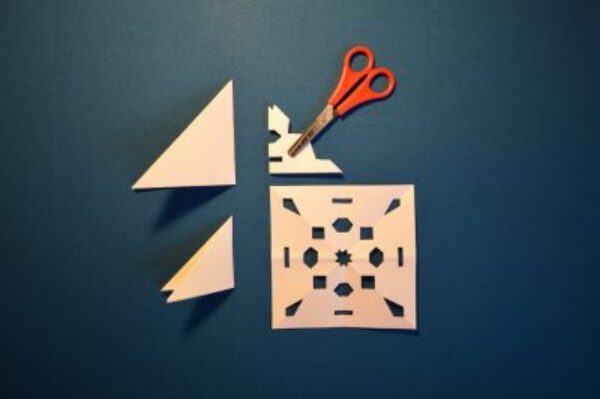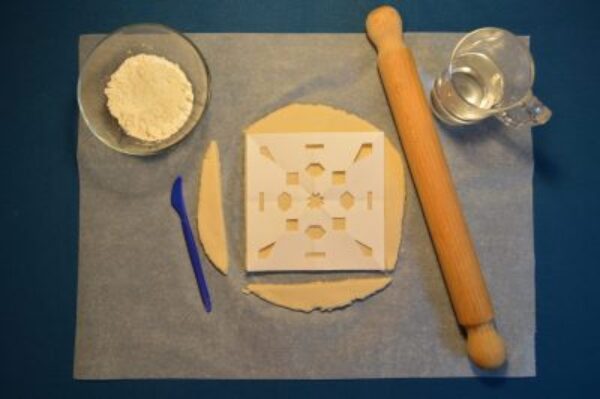- A focus on 2D surface decoration (largely unconcerned with depth and shading)
- Delight in patterns with infinite possibilities (they will keep going!)
- Use of Geometry (a type of maths concerned with shapes and their properties)
- Avoidance of figurative imagery (people and animals)
Islamic Design and Geometry:
The Islamic metalwork designs in The Courtauld Collection date from between 1300 and 1550. These precious objects are mostly made of brass and include plates, candle stands, bowls and incense burners. We have pieces that were produced in Iraq, Iran, Egypt, Syria and Turkey by people united by the Islamic faith. Despite the distances involved, the designs have characteristics in common:
A Closer Look:
- In what type of building might an object like this have been displayed?
- How do you think the artist might have made these patterns? (Clue: brass is quite a soft metal).
- What might have been stored in the box originally?
- What is the main shape that makes up the design on the lid?
Amazing fact: this intricate pattern was designed around 600 years ago using just a ruler and a compass!
Activity:
Materials:
- A5 plain paper
- Scissors
- Plain flour
- Table salt
- Mixing bowl
- Baking paper
- Rolling pin
- Ruler
- Plastic knife
- Wooden kebab skewer and/or pencil
- Baking tray
Step 1: Create a geometric template
Fold over one corner of the A5 paper to make a right-angled triangle. Cut off the excess rectangle below the folded right-angled triangle. Fold the right-angled triangle in half along its line of symmetry. And then fold that triangle in half along its line of symmetry. Try to be as neat as possible, matching up the edges and corners.
Cut geometric shapes out of this small triangle. You don’t want these to be too small or it will make the next stage more challenging. We cut five shapes from our triangle. Open up your triangle to see your square template.
Step 2: Create a salt dough tile
Mix: 1 mug of plain flour, 1/2 mug of table salt, 1/3 mug of cold water in a bowl to form a soft dough. Roll out the dough on a sheet of baking paper to make a rough square that is 1cm thick. If you don’t have a rolling pin, you could always use a drinks bottle.
Stencil:
Lay your paper template on top of the salt dough and cut around the edges with a plastic knife so that your dough is the same size square – put any extra dough aside.
Use the template as a stencil to transfer the geometric design onto the salt dough square. A wooden kebab skewer or a pencil works well. Dip this in water to make the lines smoother.
Decorate:
You can either leave you tile with the delicate line design or you can make the shapes three-dimensional by cutting out extra details from the spare salt dough. Score the underside of the shapes and add a little water to help them stick.
Bake:
Ask an adult to bake the tile in oven at the lowest temperature setting for 3 hours. Have them check after 2 ½ hours just in case it bakes a bit quicker. (It can also be left to air dry). Once the tile has fully cooled down, you could paint it, or simply keep it plain and enjoy the patterns.
Important note: Your tile may look tasty, but it is not edible! Store in an airtight container.
Download Geometric tile inspired by Islamic patterns in the Courtauld Collection
We’d love to see your Courtauld Collection inspired tiles. Please share your photographs with us (and let us know your name and age)
Twitter
Facebook
Instagram






